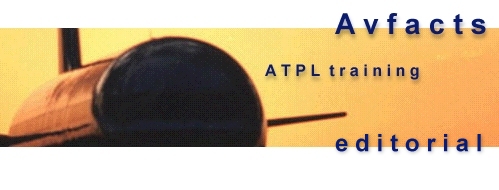| Saw
tooth, or Dog tooth
This effectively achieves the same
effect as wing fences in preventing spanwise flow.
The saw tooth is basically a sudden
change in chord length, that shows up as a notch at the leading edge,
and is more common on military jet aircraft such as the F4 Phantom,
than it is on commercial airliners. |

Fig Lift 5. Dog tooth on F4 Phantom. Picture by courtesy of Scott
Wilson.
|
| Vortilons
These are small fences fitted to the
underside of the leading edge. They are particularly useful in
preventing spanwise flow at high angles of attack, by shedding a
vortex, similar to that of a wing fence. The engine pylons beneath the
wing can serve this purpose. Refer fig Lift 6.
Vortex Generators
These are small vertical plates that
rise above the wing surface. They re-energise the boundary layer,
inhibit the outward flow of the boundary layer air, which is a major
contributor to wing tip stall. |

Fig Lift 6 Dornier 428 Jet. Engine pylon acting as vortilon. Picture
courtesy of Fairchild Dornier Aircraft Co.
|
| Shark
teeth
These are fitted to the inner leading
edges, close to the wing root. They reside within the stagnation
region at normal pitch attitudes, but nearing the stall angle, they
protrude into the upper airflow, causing turbulence, and stall of the
inner wing section before the tips. |

Fig Lift 7. Shark teeth on leading edge.
|
| The above
briefing is a sample from the ATPL Aerodynamics and Systems course,
which will soon be available via Internet. I hope you found this of
value.
Ways of solving wing tip stalling is
a typical ATPL, and airline technical interview question.
Best wishes
Rob Avery
ATPL Lecturer |










